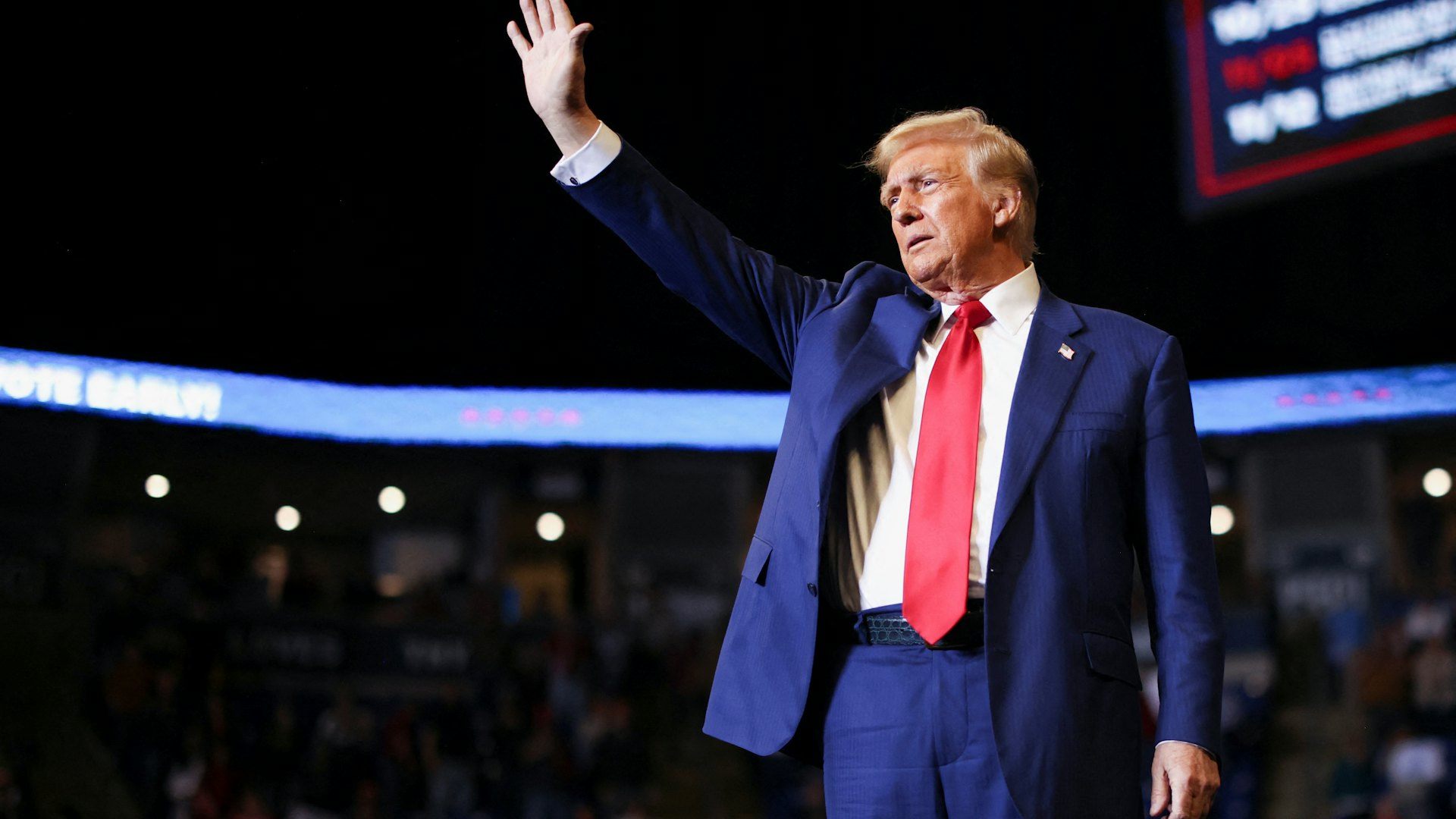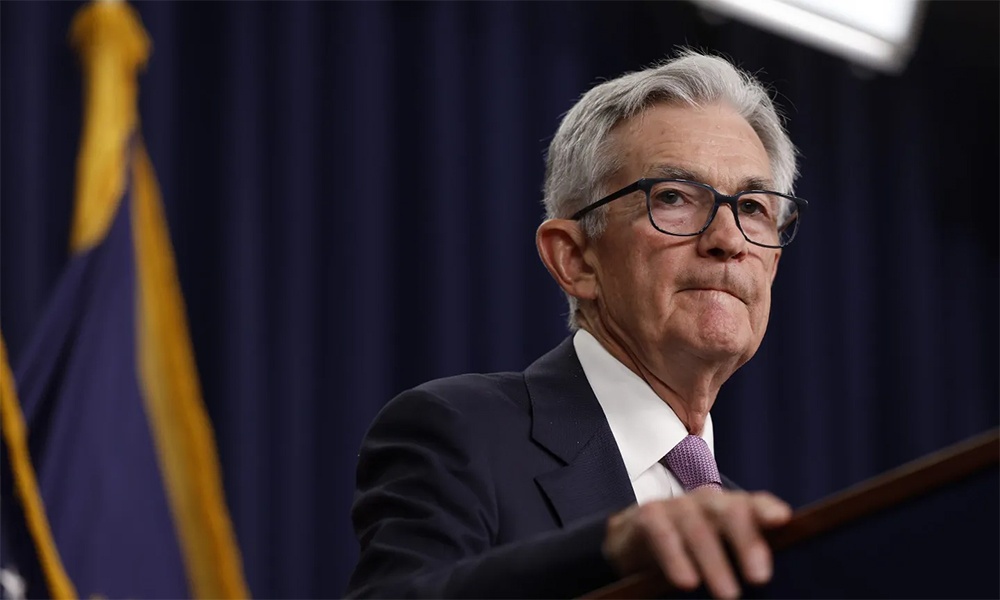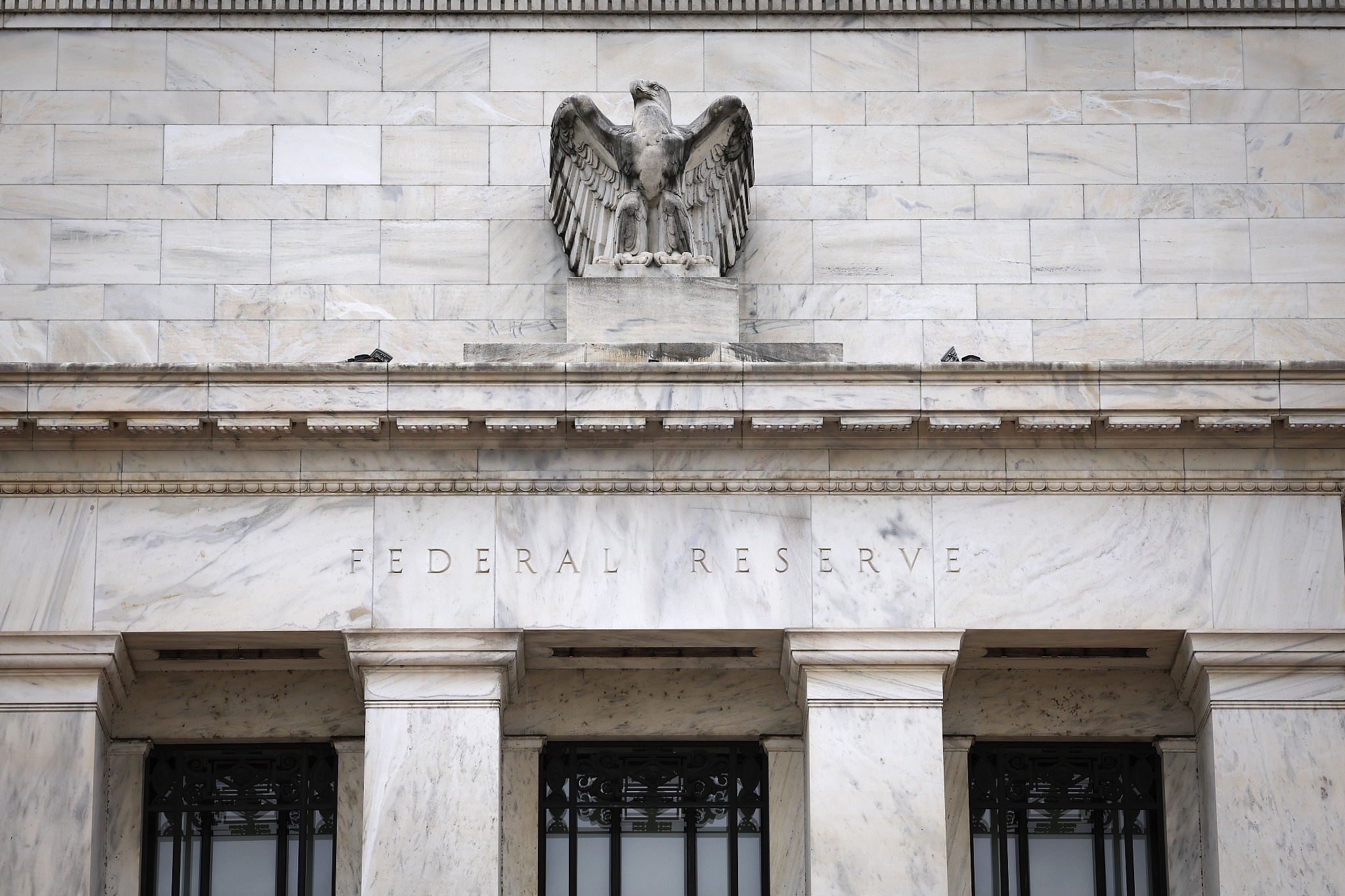2024 US Presidential Election Finally Concluded, Trump’s Victory Clouds the Path for Fed Rate Cuts
The 2024 U.S. election has finally come to an end, and Trump's victory in the Federal Reserve's interest rate cut has clouded the road.
In the early hours of November 6, Republican presidential candidate Donald Trump officially announced his victory. Later that afternoon, U.S. Vice President and Democratic presidential candidate Kamala Harris delivered a speech conceding defeat, marking the conclusion of the 2024 U.S. presidential election.
It is important to note that the Federal Reserve is set to announce its interest rate decision at 11 a.m. on the 7th. The market widely expects a 25-basis-point rate cut, but the key focus of the speech will be the policy guidance the Federal Reserve provides.

With the election results now clear, investors are increasingly betting on Trump, tilting toward an "economic acceleration and rising inflation" outlook. Once the results were announced, global financial markets quickly began a large-scale repricing, with long-term U.S. Treasury yields and the U.S. dollar both surging, and the U.S. stock market reaching historic highs.
On Wall Street, expectations of rate cuts were downgraded—JPMorgan is betting on a 25-basis-point rate cut this week and next month, but expects any subsequent rate cuts to be smaller. Bank of America suggests that if the new president significantly raises tariffs, the Federal Reserve might pause its rate cuts. Nomura has stated that inflation is expected to rise by 75 basis points in 2025, and it predicts the Fed will only cut rates once next year, down from the four rate cuts predicted before the election.
Reports indicate that the economic issues raised by Trump during the election played a key role in his victory, such as imposing more aggressive tariffs on U.S. trade partners, deporting millions of illegal immigrants, and extending the 2017 tax cuts. Moreover, he also stated his intention to restructure the Federal Reserve's management, claiming he would have some influence over interest rates.
This has led to renewed concerns about inflation, and expectations for the future monetary policy path have been shaken. Whether the Federal Reserve will be able to manage the decisions it faces during Trump's upcoming term has become a major uncertainty for the markets.

Looking back at Trump’s previous term, in 2017 and 2018, the Federal Reserve raised rates for two consecutive years, but Trump repeatedly urged Jerome Powell to lower rates, breaking with the previous norm of avoiding government interference in monetary policy. According to the schedule, Trump will return to the White House in January next year. How the U.S. economy, inflation, and borrowing costs will change is now an open question.
In August this year, Trump remarked that Powell was "sometimes too early, sometimes too late" in his policy decisions. This sparked speculation about the future independence of the Federal Reserve. A few years ago, Trump even considered firing Powell. However, the Senate has always been a wall between the Federal Reserve and the U.S. president. The president's appointments to the Federal Reserve Board must be approved by the Senate. In October, Kevin Hassett, who chaired the White House Council of Economic Advisers during Trump’s first term, stated that "the next administration should select a neutral leadership for the Federal Reserve."
As for Powell, he and other officials have repeatedly assured the public that they will not engage in partisan politics and will not consider political factors when setting monetary policy. As Powell’s term as chairman ends in May 2026, with his board seat expiring in January 2028, and with Federal Reserve Governor Adriana Kugler stepping down in January 2026, Trump will have the opportunity to appoint candidates for these positions, and Kevin Hassett is considered a likely candidate for the chairmanship.

Most economists believe that tariffs on U.S. imports and tax cuts to stimulate consumer demand will once again fuel inflation. The post-pandemic inflation experience has made the Federal Reserve more sensitive to the risks of rising prices. Any signs of inflation accelerating again could force the Federal Reserve to slow its pace of rate cuts or even abandon rate cuts altogether, which would mean interest rates may not fall as low as previously expected.
However, the Federal Reserve is not the only central bank that must respond to "Trump 2.0." U.S. monetary policy impacts central banks around the world. This week, about 20 central banks will announce their interest rate decisions, accounting for more than a third of global GDP. European Central Bank Vice President Luis de Guindos has stated that if Trump fulfills his tariff promises, the world will face both economic growth and inflation shocks. Furthermore, if U.S. inflation and interest rates rise, it could attract capital away from emerging markets.
In fact, the Federal Reserve's response to Trump's policy decisions is passive. Given that his term has not yet officially begun, the specific details and sequence of adjustments remain uncertain, so the Fed is unlikely to make swift decisions. Maintaining caution seems to be the best course of action for now.
As a result, in the upcoming December meeting, the Federal Reserve will update its economic and interest rate forecasts. Due to the uncertainty surrounding economic policies, it is highly likely that Powell will continue to keep interest rates stable at the last meeting of the year.
·Original
Disclaimer: The views in this article are from the original Creator and do not represent the views or position of Hawk Insight. The content of the article is for reference, communication and learning only, and does not constitute investment advice. If it involves copyright issues, please contact us for deletion.